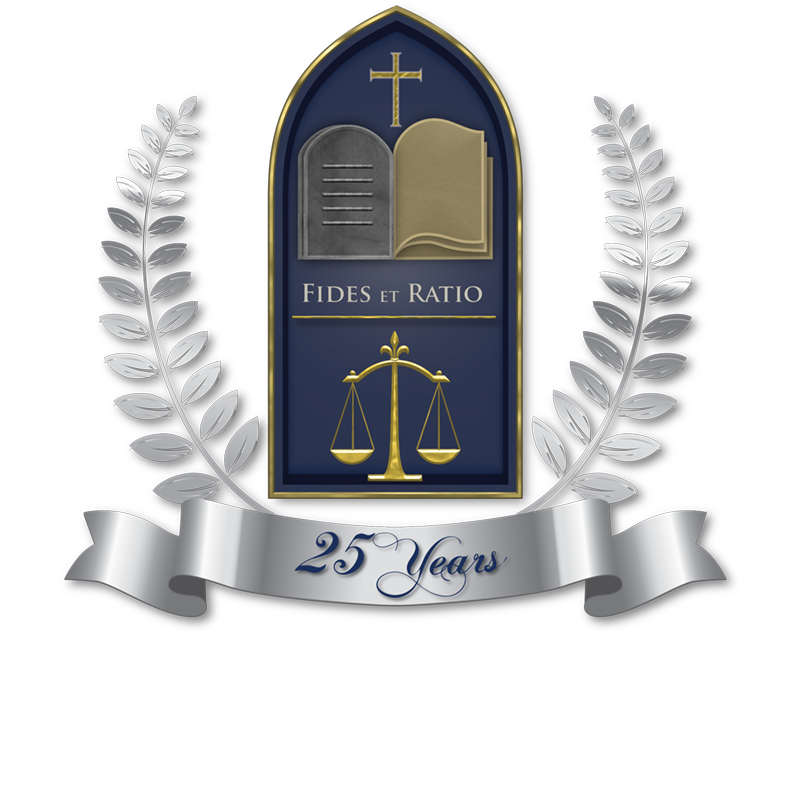DeepSeek R1:
China’s Sputnik or Potemkin Village?

By Garrett Knasel,
Smith Business Law Fellow
J.D. Candidate, Class of 2026
China’s new AI model DeepSeek R1 stunned the tech world in January 2025 by reportedly matching the performance of America’s best chatbots at a fraction of the cost. American media outlets were swift to declare R1’s release “China’s Sputnik Moment.”[1] The US stock market’s tech sector plunged in reaction to R1’s $5.6 million development cost, versus the roughly $100 million OpenAI spent training ChatGPT[2] and due to the implication that R1 ran on pre-sanction Nvidia processors and was therefore, far more efficient. However, DeepSeek’s reliance on American hardware and the open-sourced nature of American AI models may reveal it to be a Potemkin village that will remain behind American innovative might.
Overview and Development
DeepSeek R1 is a large language model (“LLM”) designed for advanced reasoning tasks. In evaluations, it matched the capabilities of OpenAI’s top “reasoning” model at the time, the GPT-4 based o1 on complex math, coding, and knowledge benchmarks.[3] DeepSeek achieved this in part through a process called the “distilling” of OpenAI’s ChatGPT.[4] Distilling is an industry term that means DeepSeek trained R1 on outputs from GPT-4 to basically teach R1 how GPT-4 answers questions as if it was shadowboxing. The distillation process, although controversial, does not fall under copyright law because copyright law only protects human made work, not the artificial outputs of a computer program – DeepSeek fits nicely under the same fair use exception that applies to the research purposes that OpenAI is notorious for using.[5] However, this strategy relegates DeepSeek to a backseat, waiting for American AI labs to develop the latest models to then teach its own.
Hardware Workarounds
Building R1 also required sidestepping U.S. chip export restrictions, which have been in place since September 2022 and to the belief of most, are highly effective at preventing Chinese access to the latest AI chips.[6] Training a model of this caliber usually demands thousands of cutting-edge GPUs. Despite DeepSeek’s claim that it only used 2,048 Nvidia H800 GPUs, the fine print reveals the full scale.[7] DeepSeek’s founder reportedly stockpiled Nvidia processors from 2021.[8] DeepSeek managed to amass about 10,000 Nvidia A100 chips before they were included in a wave of restrictions in 2023 and about 50,000 H800 chips that Nvidia produces for the Chinese market to avoid US trade bans. DeepSeek also used foreign cloud service providers to access otherwise restricted hardware.[9] These acknowledgements reveal DeepSeek relied on a closing window of access to US hardware to introduce its models to the competitive market.
Geopolitics and Policy Implications
DeepSeek R1 was heralded as China’s Sputnik, meant to challenge American dominance of the AI space and humiliate the largess of US tech moguls. However, DeepSeek admits it faces a long road ahead due to the weight of US sanctions, indicating it only can access about a quarter of the computing power of American rivals and it anticipates this disadvantage to widen with the introduction of new Nvidia chips to the US market.[10] Naturally, US officials reacted with alarm over its rapid adoption and introduced legislation to ban its use on government devices.[11] President Trump also plans to introduce a new fullisade of export bans and sanctions to further restrict Chinese companies’ abilities to introduce new and competitive AI models to compete on a global stage.[12] Although China’s DeepSeek R1 proved a warning shot to US tech juggernauts and officials, any AI product pushed out by Chinese competition will remain a Potemkin village until China vertically integrates its AI infrastructure with domestically produced chips, which may prove to be the true Sputnik moment that enamored headlines.
[1] John Ruwitch, DeepSeek: Did a Little Known Chinese Startup Cause a ‘Sputnik Moment’ for AI?, Nat’l Pub. Radio (Jan. 28, 2025, 2:12 PM), https://www.npr.org/2025/01/28/g-s1-45061/deepseek-did-a-little-known-chinese-startup-cause-a-sputnik-moment-for-ai.
[2] Scott Young, DeepSeek, ChatGPT, and the Global Fight for Technological Supremacy, Harv. L. Today (Feb. 25, 2025), https://hls.harvard.edu/today/deepseek-chatgpt-and-the-global-fight-for-technological-supremacy/.
[3] Ruwitch, supra note 1.
[4] Young, supra note 2.
[5] Id.
[6] Debby Wu, Ian King & Vlad Savov, US Deals Heavy Blow to China Tech Ambitions With Nvidia Chip Ban, Bloomberg (Sept. 22, 2022), https://www.bloomberg.com/news/articles/2022-09-02/us-deals-heavy-blow-to-china-tech-ambitions-with-nvidia-chip-ban?embedded-checkout=true&sref=2cBwgqub.
[7] Charles Mok, Taking Stock of the DeepSeek Shock, Stan. Cyber Pol’y Ctr. (Feb. 5, 2025), https://cyber.fsi.stanford.edu/publication/taking-stock-deepseek-shock#:~:text=DeepSeek%20began%20in%202023%20as,strategy%20and%20philosophy%20in%20detail.
[8] Id.
[9] Id.
[10] Id.
[11] Matt Brown, House Lawmakers Push to Ban AI App DeepSeek from US Government Devices, Associated Press (Feb. 6, 2025, 5:20 PM), https://apnews.com/article/deepseek-ai-china-us-ban-6fea0eb28735b9be7f4592185be5f681.
[12] Mackenzie Hawkins, Cagan Koc & Jenny Leonard, Trump Team Seeking to Toughen Biden’s Chip Controls Over China, Bloomberg (Feb. 25, 2025), https://www.bloomberg.com/news/articles/2025-02-25/trump-administration-seeks-more-restrictions-on-china-tech-weighs-nvidia-curbs?sref=2cBwgqub.




